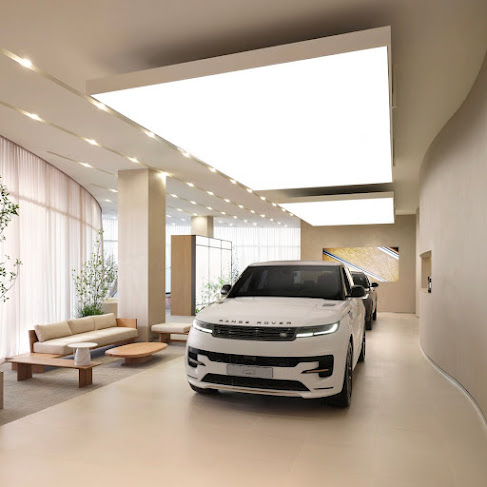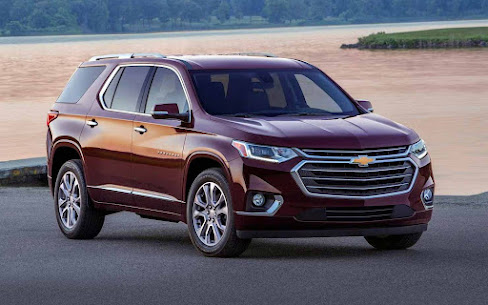
If you were thinking this is late then I'd have to concur. Data from here isn't that easy to get access to so I haven't been looking. I started seeking again and here it is.
The only other report I have done of Panamá was in 2019 so a fair while between drinks. I said then that Chinese brands weren't as prominent here as in many other Latin American countries but they are making up for lost time.
A 16% increase wasn't bad at all and the best result for five years. That said, it is below some of the big years before that. Top of the list is Toyota with a reduced lead. The Korean duo of Hyundai and Kia are next but some way back from Toyota. Hyundai was the leading brand in 2023 and 2014 but otherwise it's Toyota's place.
Most of the top brands lost some market share but with a plethora of Chinese entrants who are taking some of that share, it's inevitable that existing brands will be affected. There are quite a few 'Other' sales which are presumably heavy vehicles.
Top selling models (all exceeding 1,000 sales) were the Toyota Hilux (3,100), Hyundai Accent (1,900), Hyundai i10 (1,800), Kia Soluto (1,770), Kia Picanto (1,525), Hyundai Creta (1,300), Kia Rio (1,100), Toyota Corolla Cross ( 1,050) and the Mitsubishi L200 (1,025).


























.png)

























.png)
